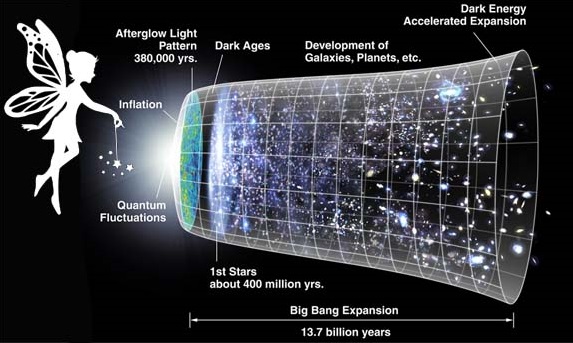On October 7th, 2023, the Jews in Israel suffered the most deadly, wicked, evil attack on Jewish people since the Holocaust. Perversely proud to be responsible for the massacre: the terrorist group Hamas who killed Jewish families in their homes, burning some of them alive, raped women, beheaded babies, and kidnapped people of all ages – from babies to grandmothers – to hold as hostages. As of this writing the count of the number of dead stands at 1,500 and the number of hostages is over two hundred.
Hamas supporters all over the world celebrated and continue to celebrate the evil event, and call for more, shouting “From the river to the sea Palestine will be free.” By which they mean from the Jordan river to the Mediterranean sea, Israel’s homeland will be free of both the state of Israel and the Jewish people. In other words, they want to wipe both Jews and the Jewish state off the face of the earth. Continue Reading






